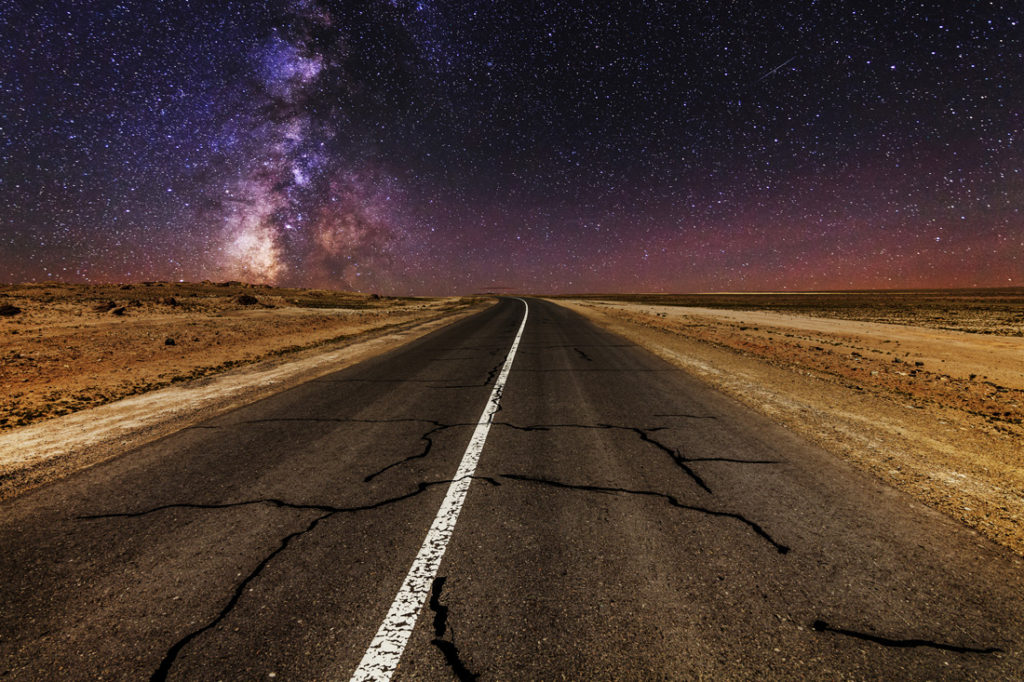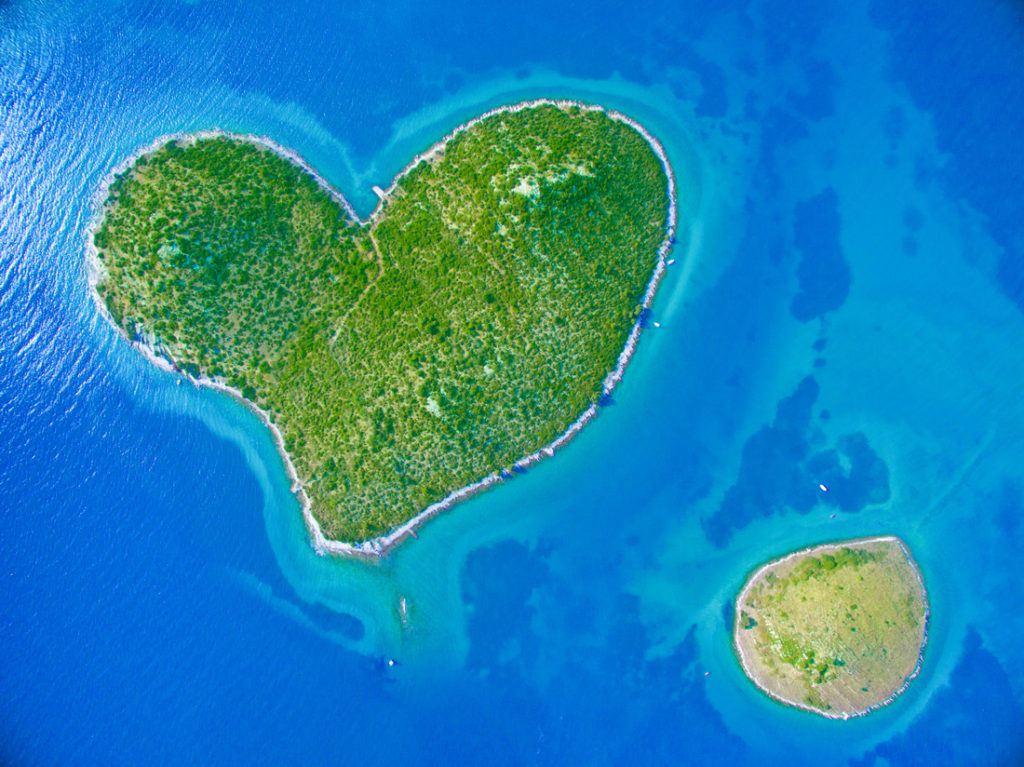Traveling photography
Traveling photography – 6 Tips on How to Pack Your Camera Bag When Traveling
The great photography critic Susan Sontag famously said, “I haven’t been everywhere, but it’s on my list.” Travel photographers are some of the very few people who come close to realizing that dream, and for the rest of us, their pictures give us the chance to experience the globe vicariously.
The life of the traveling photographer is exciting and glamorous, but it’s also hard work. Every breathtaking photograph requires days of meticulous preparation, and behind those faraway sunsets, unexpected turns, and delicious local meals are hours and hours of planes, trains, and automobiles. When wandering photographers aren’t making images, they’re going through security checkpoints. They’re looking at the map, and they’re carrying tons of weight in gear.
Henri Cartier-Bresson once said you have to take 10,000 photographs before you get a good one. If that’s true, it’s safe to assume that it takes many years of traveling to master packing for a photo trip. Unless you have someone experienced to show you the ropes
We asked some of our favorite travel photographers from the Shutterstock community to tell us what they’ve learned throughout the course of many journeys. Here, they share the indispensable items they always keep in their camera bags, along with some tips for traveling smart and light.
Always arrive at the location early to adjust your point of view and composition.
Anton Petrus
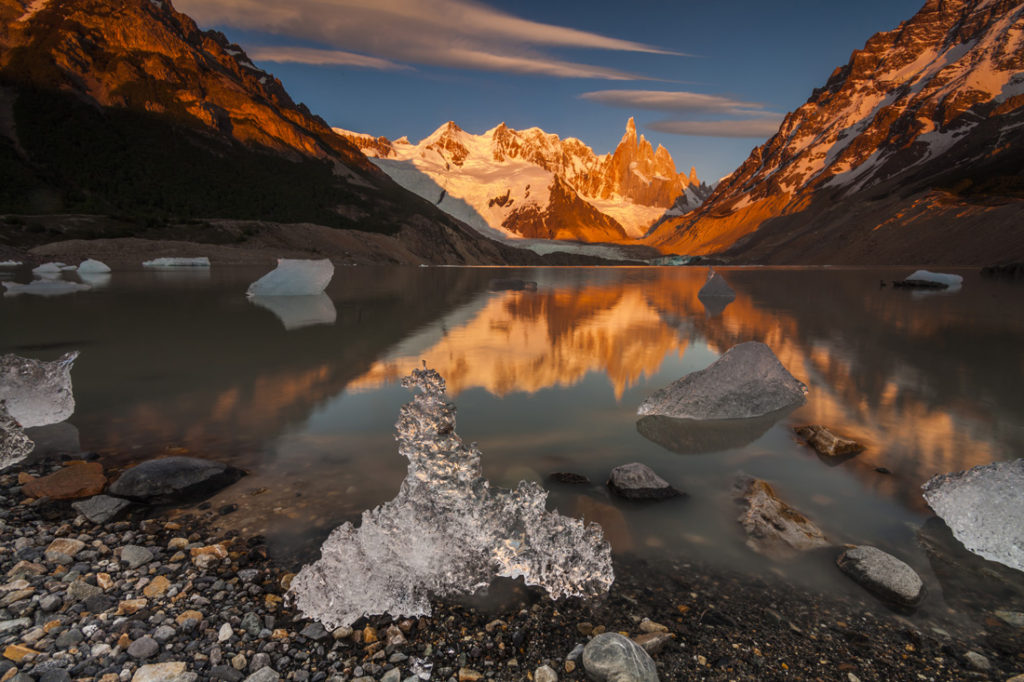 Image by Anton Petrus. Gear: Canon 5D Mk II, a Tokina 17-35 f4, a neutral gray gradient filter Cokin-Z, 0,9, and a polarizing filter. Settings: Focal length 17mm; exposure 1.3 sec; f16; ISO 50.
Image by Anton Petrus. Gear: Canon 5D Mk II, a Tokina 17-35 f4, a neutral gray gradient filter Cokin-Z, 0,9, and a polarizing filter. Settings: Focal length 17mm; exposure 1.3 sec; f16; ISO 50.
What’s the story behind this photograph?
This photo was shot in the Los Glaciares National Park in Patagonia, Argentina. An incredibly beautiful Cerro Torre reflects in the lake. There was a real storm at this location. Strong winds lifted piles of sand from the slopes of the mountains, and the tripod just couldn’t stand, as it was moved by wind. The next morning, the wind had brought a few small pieces of ice from the glacier near the lake to the beach. And there was beautiful light, which played on the peaks of the mountains.
What’s in your camera travel bag?
I have been using Canon cameras for quite a long time. There is an old 5D Mk II with few lenses in my backpack. I use Tokina lenses, which are good alternative to original Canon ones. I have walked across the arctic tundra and sandy deserts with this camera. It has never failed me. I also have the set of filters – Gradient ND and polarizing. Almost all my shots involve the use of filters. I can’t do without them. These are most valuable things in my backpack after camera and lenses.
I use a shower cap to cover my camera in the rain. It works perfectly. I also keep a roll of masking tape just in case. Every time I go somewhere far, my son presents me with a toy. It is my mascot. And one more toy is always in the backpack: a lego-man.
Pro Tip
Always dress for the weather. A photographer must not interrupt shooting because he is cold, hot, or wet. Monitor the weather. Listen to the forecast, and learn to predict things like thunderstorms, fog, and ice. Always arrive at the location early to adjust your point of view and composition. I use an app called The Photographer Ephemeris (TPE), which provides the exact times of the sunrise, sunset, dusk, dawn, moonrise, and moonset for a particular location. The same app also shows the position of the sun at any given time. The app is invaluable.
In general, planning is very important. The main goal is shooting. Study the location, and look for the best points of view. Even simple software like Google Earth can give you a lot of knowledge about the place you intend to visit.
Where do you find inspiration for your photography?
I browse the works of well-known photographers quite often. Even my Facebook feed works as incentive to upgrade and seek new locations. Inspiration is a very personal thing, and most of my inspiration comes from within. When I see beauty in nature, I don’t need any additional sources of inspiration.
Great travel photography is about getting perspectives never seen before
Paul Prescott
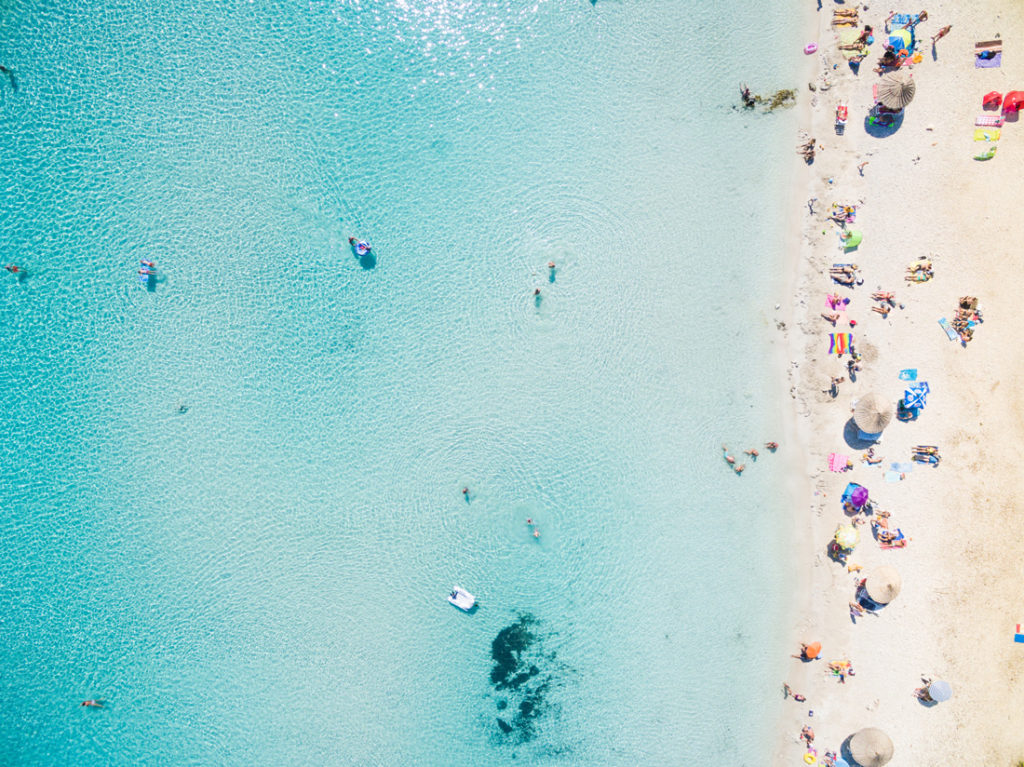 Image by Paul Prescott. Gear: DJI Phantom Pro 3 and a 20.7 mm lens. Settings: Focal length 3.6 mm; exposure 1/1400 sec; f2.8; ISO 100.
Image by Paul Prescott. Gear: DJI Phantom Pro 3 and a 20.7 mm lens. Settings: Focal length 3.6 mm; exposure 1/1400 sec; f2.8; ISO 100.
What’s the story behind this photograph?
I did a 45-day road trip around Croatia and its islands with my partner, sleeping wild in my van, stopping here and there. As the summer went on, I realized I wanted to create a series of photos which are shot perpendicular to the ground, meaning turning the gimbal completely down. I managed to create a beautiful series, which I then exhibited in the capital city Zagreb.
What’s in your camera travel bag?
In general, I like to travel light, meaning not too many lenses. If you have too many lenses, exchanging them increases the risk of getting the sensor dirty, especially in the desert or in windy areas.
I have moved onto filming and shooting aerial, and DJI has really pushed the limits with regards to accessing easy-to-fly machines. There is only a limited number of angles you can get with a regular camera on the ground, and flying with a drone has given me new inspiration and perspective.
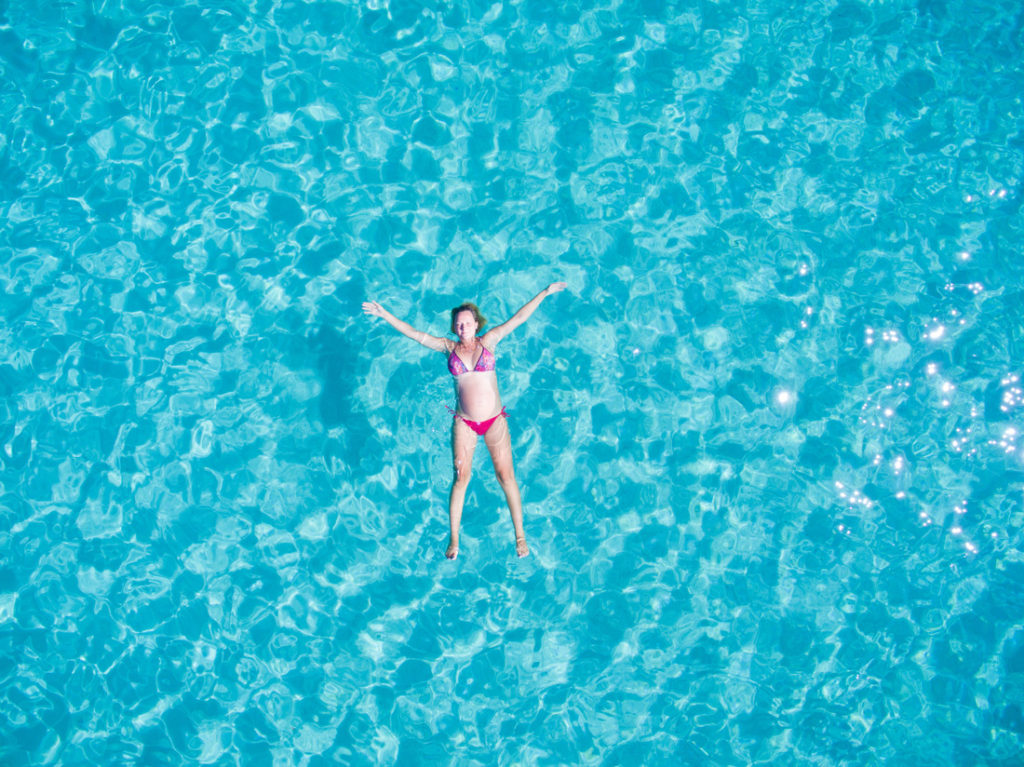 Image by Paul Prescott
Image by Paul Prescott
I also take a ton of batteries with me, as well as many memory cards. I also take four or more hard drives so I can do double back-ups. I regularly send hard drives home by post if I am traveling for a few months at a time. I’m never afraid of getting my camera stolen, but I am very afraid of losing my material. Cameras are replaceable; moments are not. In the seventeen years I’ve been traveling, I have never had anything stolen.
Pro Tip
My travel tip is to mask all logos with black tape. I also sew a black cotton strip on my camera strap. When I see tourists with their hefty cameras and big logos on their straps, it seems like an invitation to get robbed, but it also makes them stand out like tourists, whereas I am a traveller. I try to blend into the scene as much as I can.
I intentionally never look at what a place looks like prior to going to shooting a country. I don’t want to fill my mind with what has already been shot by other photographers. I don’t want to know what a place looks like before I get there, or else it spoils my trip.
To be able to get different shots, I sometimes need get to areas that are not accessible to the public, so before my shoots, I’ve gotten passes to locations that are normally off-limits. Great travel photography is about getting perspectives never seen before.
Where do you find inspiration for your photography?
I travel to get new inspiration. I also find new technologies push my limits and get me excited. The first time I flew with a drone, I had butterflies in my stomach. The butterflies have now turned into amazement of all the different naturescapes I can shoot.
Traveling photography for me is about a maximum amount of flexibility and a minimum amount of planning
Julian Peters
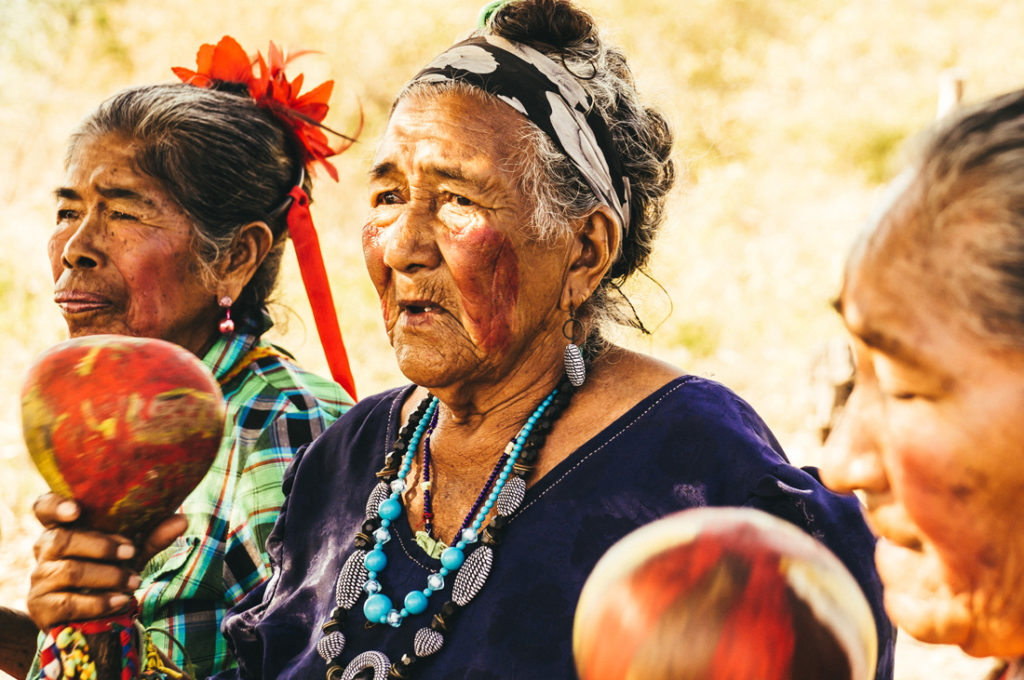 Image By Julian Peters. Gear: Sony Alpha 37 with a SAM 18-135mm f3.5-5.6 lens. Settings: Focal length 75mm; exposure 1/125 sec; f5.6; ISO 200.
Image By Julian Peters. Gear: Sony Alpha 37 with a SAM 18-135mm f3.5-5.6 lens. Settings: Focal length 75mm; exposure 1/125 sec; f5.6; ISO 200.
What’s the story behind this photograph?
I captured this photo in Paraguay, a rarely-visited country in the heart of South America, where I was invited to stay with an indigenous community. In the village, I met people from a Paraguayan NGO supporting the indigenous communities in a law case against the government, which has sold their ancient lands. To protest this, the remote community had opened a traditional ceremony to a few government representatives and journalists. The night before the ceremony, I was kept awake by a swarm of mosquitoes, but the amazing performance kept my eyes wide open, and I was able to capture this unique moment.
What’s in your camera travel bag?
My photography gear is a compromise between the flexibility of light travel and the aspiration to shoot photos of superb quality. I travel very light, with a total luggage weight of 10kg, which leaves only about 2kg for Camera Body, Lens and Equipment. I shoot with a Sony Alpha 37 and a SAM 18-135 f3.5-5.6 travel zoom lens, and I carry two ND-Filters and a remote shutter for long-exposures.
Leaving my tripod behind is a hard choice to make, but I’ve found that this also enables me to find some new, interesting positions to shoot from. I’ve used rocks, trees, backpacks, and guidebooks as unusual tripod-replacements. My 18-135mm lens is great for 99% of travel photos and enables me to quickly capture moments without needing to swap the lens. For shorter trips, I sometimes also carry wide-angle, macro, or lenses with a low f-stop, but for a longer trip with a light backpack, this is just not practicable.
Pro Tip
When traveling, I am only planning a rough route, and I am open to recommendations and changes of plans. I try to learn the local language and have a low budget of $15-25 per day. This way, I get to know many wonderful local people and get insights into the society and culture of the host country.
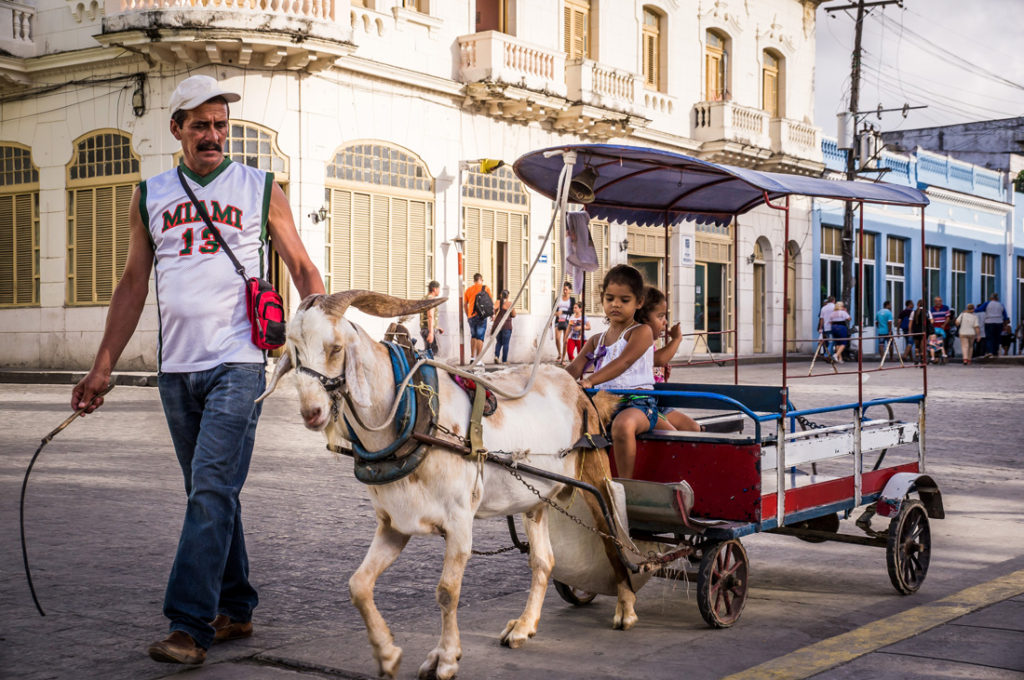 Image by Julian Peters
Image by Julian Peters
I sometimes look at photos of subjects I plan on capturing online beforehand, but mostly I just improvise and try to find interesting subjects and perspectives while wandering around. Traveling photography for me is about a maximum amount of flexibility and a minimum amount of planning.
Where do you find inspiration for your photography?
The places I visit, the people I meet and the experiences I make are my inspiration – I always carry my camera, and I try to capture life as it really is. I’m looking for a beautiful side street at sunset or an old local woman in front of a never-renovated facade, rather than the typical tourist sights.
Read Continue about traveling photography

